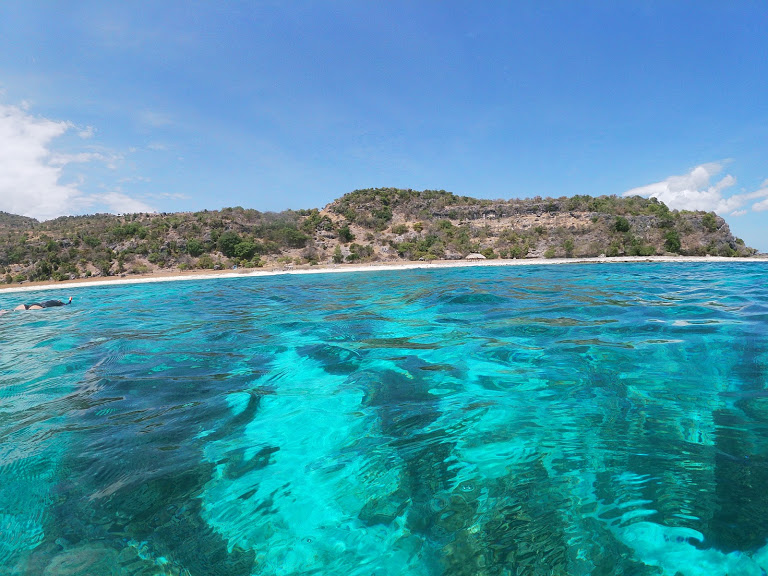

Home > Plan Your Trip > FAQs
While there is plenty to do on the island year-round, here are the recommended seasons for popular activities:
Yes! We have heard from many visitors that Ataúro is actually one of the safest places they have ever visited. The island takes pride in the tremendous respect within our close community, and thus crime rates are extremely rare. Follow normal precautions you would anywhere and you will be completely fine!
As of 2019, there are no ATMs on Ataúro and no places accept credit cards. Make sure you bring adequate cash from ATMs in Dili. Also note: MasterCard is not accepted anywhere in Timor-Leste. Additionally, ensure you have small notes and coins because larger bills will be harder to accept.
We appreciate very much modest clothing, including while swimming. Skimpy bikinis in public are offensive to many of our locals. In our villages, please wear suitable clothes and try to cover your shoulders and legs.
As of 2019, no public WiFi exists anywhere on the island. However, there is good mobile phone coverage on the East Coast of the island around Beloi and Vila. If you want to take advantage of this, you can get a sim card in Dili. However, you can get around perfectly fine without internet here! Part of the experience of the island can be disconnecting.
The language in Timor-Leste is Tetum, which is a mix of indigenous language with Portuguese. On Ataúro, we speak a few local dialects of Tetum. Additionally, due to previous colonization, many people still speak Bahasa Indonesian and Portuguese. Some people speak a little bit of English, but it is not everywhere. If you are patient, understanding, and flexible then communication will be no problem. Additionally, booking with ATKOMA will allow you to bypass many of the missteps language barriers can create. It is best if you can learn a few words of Tetum before you arrive. Check out this website for excellent translations.
In terms of rainfall, the drier season is from May through November. Weather during this time is hot, arid, and dry, with many weeks passing without a single drop of rain. At higher altitudes in the mountains of Ataúro, or on the breezy coastline, mornings and evenings can be cool. During the late summer, from July to November, wind starts to pick up and can make seas difficult to navigate. December to February is when the rainy season begins: roads and seas can often become inaccessible, although the weather is cooler. Whenever traveling on Ataúro, always bring plenty of water, sunscreen, and protective clothing, as there are very few places on the island to purchase these items.